Are you ready to simplify your life and embrace a more sustainable lifestyle? Have you ever considered the idea of living in a tiny house? Step into the world of Simplicity Tiny Homes and discover the endless possibilities of small space living. But before you make a decision, let’s delve into what living in a tiny house really entails and explore the challenges and benefits that come with it. From eco-friendly homes to affordable housing, join us on this journey of compact living.
Key Takeaways:
- Living in a tiny house offers a unique experience of simplicity and sustainability.
- While there are challenges, such as limited space and zoning regulations, the benefits include cost savings and a smaller environmental footprint.
- Consider factors like water quality, zoning regulations, and maintenance required before committing to tiny house living.
- Explore different types of tiny homes, such as tiny houses on wheels and retrofitted shipping containers, to choose the right one for your lifestyle.
- Financing a tiny house may require exploring specialized lenders who understand the unique nature of tiny house living.
What Living in a Tiny House is Really Like
Living in a tiny house requires a different mindset and lifestyle. It is important to experience it firsthand before making a decision. Tiny houses come in various shapes and sizes, but they are usually less than 400 square feet. While they offer creative solutions for maximizing space, they also have limitations, such as limited headroom. Living in a tiny house requires patience and the ability to share a small space with others. It also involves adjusting to a compost toilet and making creative use of limited storage. Despite the challenges, many people find the experience of living in a tiny house to be rewarding and fulfilling.
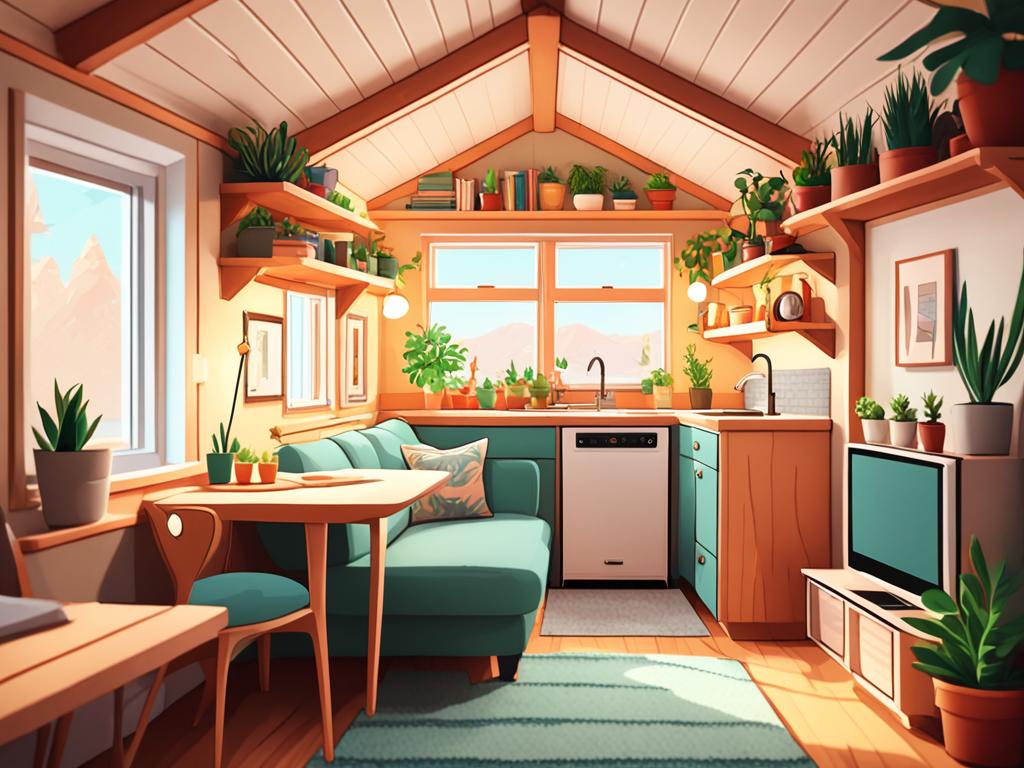
Living in a tiny house offers a unique lifestyle that promotes simplicity and minimalism. It allows you to focus on the essentials and let go of unnecessary clutter. While living in a small space may seem restrictive, it encourages creativity and resourcefulness. With thoughtful design and organization, you can create a functional and comfortable living space. The close proximity to nature and the freedom to move your home to different locations adds another layer of adventure to the tiny house lifestyle.
Sharing a tiny house with others requires open communication and a willingness to compromise. It is important to have a clear understanding of each person’s needs and boundaries. Living in close quarters can foster stronger relationships and a sense of community. The experience of living in a tiny house can bring you closer to the people around you and create lasting memories.
Adjusting to a compost toilet may be a new experience for some, but it is an eco-friendly solution that reduces water usage and waste. It requires a shift in mindset and a willingness to embrace alternative methods of disposal. Additionally, limited storage space in a tiny house encourages you to only keep what is truly essential. It forces you to critically evaluate your belongings and prioritize the things that bring you joy and add value to your life.
Living in a tiny house is not without its challenges, but the rewards are often worth it. It offers a unique opportunity to simplify your life, reduce your environmental impact, and prioritize experiences over material possessions. The tiny house lifestyle allows you to break free from the traditional norms of homeownership and embrace a more flexible and adventurous way of living.
Considerations for Tiny House Living
Living in a tiny house may seem appealing, but it’s important to consider the various challenges and drawbacks that come with it. It’s crucial to carefully evaluate these considerations before committing to the tiny house lifestyle.
1. Location
When choosing to live in a tiny house, the location plays a significant role. Zoning regulations may vary in different areas, and not all locations may permit tiny houses. Therefore, it’s essential to research and ensure that the chosen location is compatible with tiny house living.
2. Affordable Land
Finding suitable and affordable land for placing a tiny house can be a challenge. As the demand for affordable housing increases, the availability of land may become limited. Thus, it’s crucial to thoroughly investigate and explore various options to find land that meets the requirements of tiny house living.
3. Limited Space for Guests
One of the challenges of living in a tiny house is the limited space available for entertaining guests. Tiny houses are primarily designed for a small number of occupants and may not provide sufficient space for hosting visitors comfortably. It’s essential to assess whether this limitation aligns with your lifestyle and social needs.
4. Embracing Minimalism
Living in a tiny house requires a commitment to a minimalist lifestyle. With limited space, it becomes necessary to downsize possessions and make essential decisions about what to keep. Embracing minimalism can be liberating for some, but it may require an adjustment period for others.
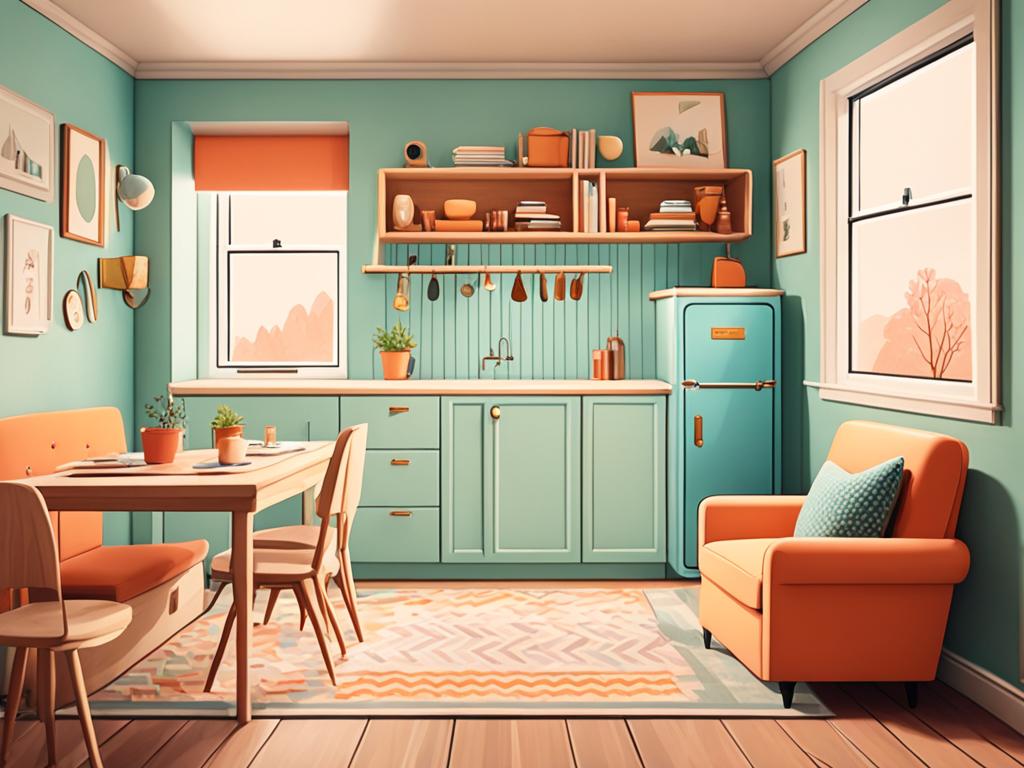
Despite these considerations and challenges, many individuals find that the benefits of tiny house living outweigh the drawbacks. The next section will highlight the advantages of tiny house living and what makes it an appealing lifestyle choice.
Benefits of Tiny House Living
Living in a tiny house may come with its fair share of challenges, but it also offers numerous advantages that make it an attractive lifestyle choice. Here are some of the key benefits of tiny house living:
- Affordability:
- Freedom and Flexibility:
- Simpler and More Sustainable Lifestyle:
- Connection with Nature:
- Financial Freedom:
One of the main advantages of tiny house living is its affordability. Tiny houses cost significantly less than traditional homes, making homeownership more accessible to a wider range of individuals and families. Additionally, the lower cost of maintenance and utility expenses brings long-term financial benefits.
Living in a tiny house provides a unique sense of freedom and flexibility. Unlike traditional homes, tiny houses are portable and can be easily moved or relocated. This allows homeowners to explore different locations, experience new communities, and adapt to changing lifestyles without the hassle of selling or renting out a property.
Tiny houses promote a simpler and more sustainable way of living. With limited space, homeowners are encouraged to embrace minimalism and prioritize what truly matters to them. This shift towards minimalism not only reduces clutter but also reduces environmental impact by consuming fewer resources. Tiny house living often encourages individuals to adopt eco-friendly practices, such as composting, rainwater harvesting, and using renewable energy sources.
Living in a tiny house encourages individuals to spend more time outdoors and connect with nature. With less indoor space, homeowners are inspired to utilize outdoor spaces creatively, such as creating gardens, patios, and rooftop terraces. This connection with nature can improve mental well-being, increase physical activity, and enhance overall quality of life.
By reducing housing expenses, living in a tiny house can provide individuals with a sense of financial freedom. With lower mortgage payments or no mortgage at all, homeowners can allocate their funds towards other priorities, such as travel, hobbies, education, or retirement savings. This financial flexibility allows for a more fulfilling and balanced lifestyle.
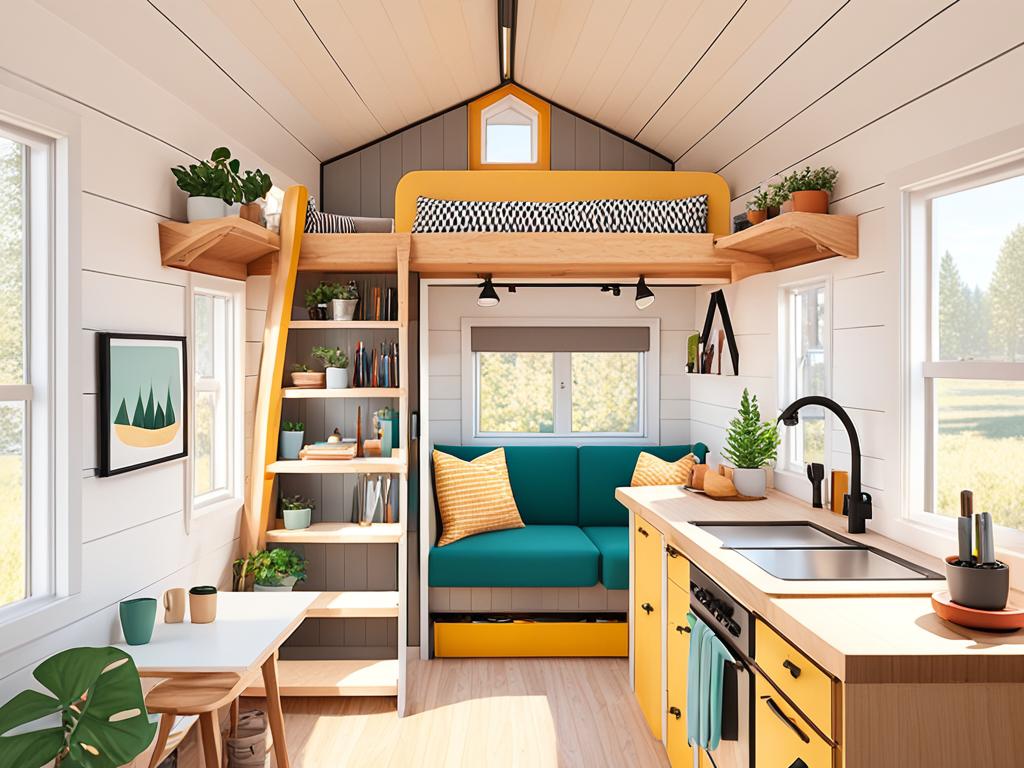
In summary, tiny house living offers various benefits that go beyond the limitations and challenges it presents. From affordability and freedom to sustainability and financial freedom, the advantages of small space living make it an appealing choice for those seeking a simpler, more intentional lifestyle.
Financing a Tiny House
Financing a tiny house can be a challenge, as it is not treated the same as a traditional mortgage. Tiny houses are often classified as recreational vehicles (RVs), which affects the available financing options. Banks typically offer RV loans for tiny house purchases, with shorter amortisation terms and higher interest rates compared to traditional mortgages.
The terms and rates for tiny house financing will depend on factors such as income history, credit score, and the chosen lender. To ensure the best financing options for your tiny home, it is important to explore different lenders and consult with those who specialise in tiny house financing.
Loans for Tiny House Purchase
When seeking loans for a tiny house purchase, it is crucial to understand the specific loan terms that lenders offer. While interest rates may be higher than traditional mortgages, exploring different options can help you find the best loan terms for your financial situation.
- Research lenders who offer loans specifically for tiny house purchases. They will have a better understanding of the unique financing needs for this type of housing.
- Check for additional fees and charges associated with the loan, such as origination fees or prepayment penalties.
- Compare interest rates and loan terms from different lenders to find the most favourable option.
- Consider factors like income stability and credit history, as these can impact the loan amount and interest rate you qualify for.
- Consult with a financial advisor or mortgage broker who specializes in tiny house financing to guide you through the loan application process.
By taking the time to research and explore different financing options, you can find the loan that best fits your needs and helps you achieve your dream of owning a tiny house.
Financing Options for Tiny Houses
Aside from traditional bank loans, there are other financing options available for those looking to purchase a tiny house.
- Personal Loans: Consider applying for a personal loan from a bank or credit union. These types of loans offer flexibility and can be used for various purposes, including financing a tiny house.
- Peer-to-Peer Lending: Explore online lending platforms that connect borrowers directly with individual investors. Peer-to-peer lending can offer competitive interest rates and flexible terms.
- Crowdfunding: Embrace the power of community support by launching a crowdfunding campaign to finance your tiny house. Share your story and plans to attract donors who align with your vision.
- Savings and Investments: If you have enough savings or investments, consider using them to finance your tiny house purchase. This option eliminates the need for loans and interest payments.
These financing options provide alternatives to traditional mortgages and can help you secure the funding needed to make your tiny house dreams a reality. Explore all available avenues to find the one that works best for you.
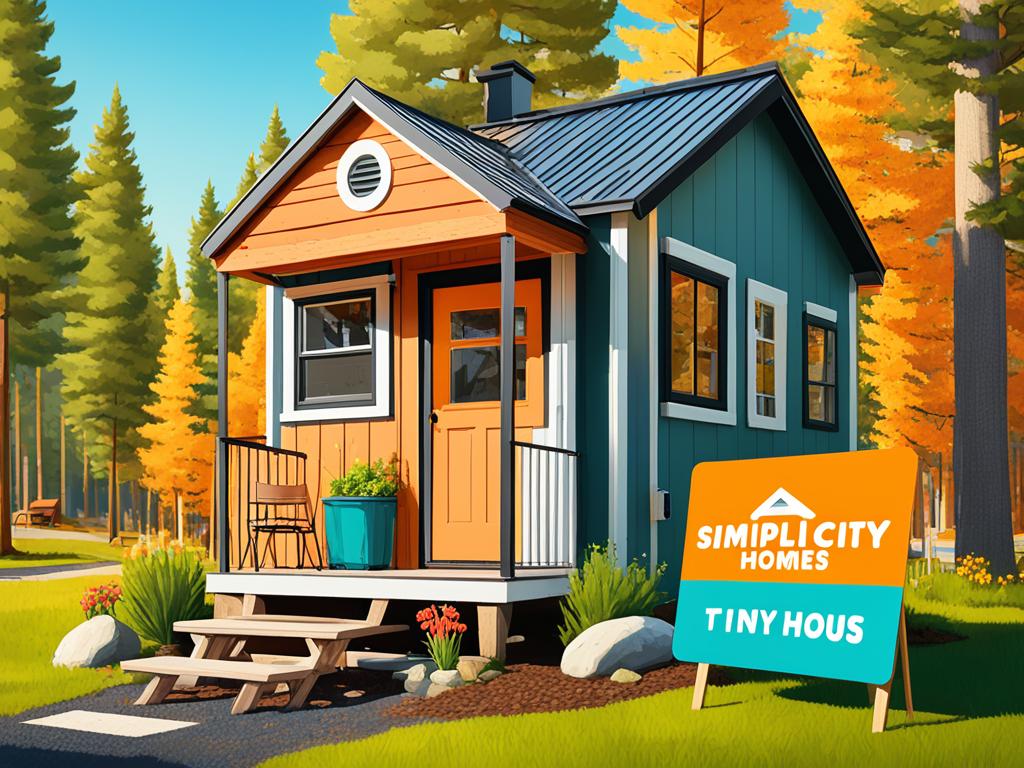
Choosing the Right Tiny Home
When it comes to choosing a tiny home, there are various options to consider. From tiny houses on wheels (THOWs) to school bus conversions, van makeovers, and retrofitted shipping containers, each type of tiny home has its own advantages and considerations.
Tiny Houses on Wheels (THOWs): THOWs are particularly popular because of their mobility. They offer the flexibility to move your home whenever and wherever you please, providing a sense of freedom and adventure. Whether you want to explore different locations or have a nomadic lifestyle, THOWs give you the opportunity to take your home with you.
School Bus Conversions: If you’re looking for a unique and spacious tiny home, a school bus conversion might be the right choice for you. By transforming a school bus into a living space, you can benefit from its sturdy structure and ample square footage. School bus conversions often feature multiple rooms, allowing for more privacy and versatility in design.
Van Makeovers: For those seeking a compact and efficient tiny home, van makeovers are a popular option. By converting a van into a living space, you can have a mobile home that provides the essentials while being easy to maneuver on the road. Van conversions often focus on maximizing storage space and incorporating multi-functional furniture.
Retrofitted Shipping Containers: Another creative choice for a tiny home is a retrofitted shipping container. These containers offer a robust and sustainable foundation for a small living space. With their compact design and modular possibilities, shipping container homes can be customized to fit different lifestyles and needs.
When choosing a tiny home, consider factors such as size, design, and layout. Think about your specific requirements and how the different types of tiny homes can accommodate them. Working with established tiny home builders can provide guidance and options for customization, ensuring your chosen tiny home meets your lifestyle and needs.
Customising Your Tiny Home
Customisation is an essential aspect of choosing a tiny home. While the basic structure may be predetermined, there are often opportunities to make customizations that reflect your style and preferences. From choosing the interior finishes to incorporating storage solutions and energy-efficient features, customising your tiny home can make it truly unique and personal.
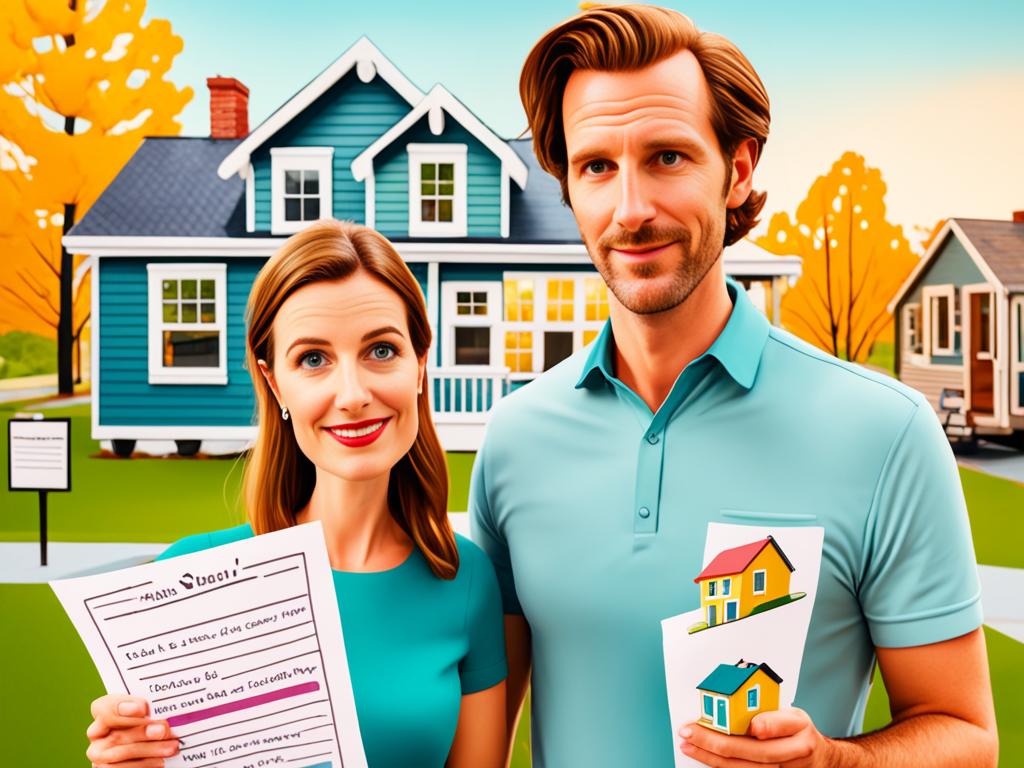
Conclusion
Living in a tiny house offers a unique experience of simplicity and sustainability. It provides an opportunity to live with less, save money, and have a smaller environmental footprint. By embracing a minimalist lifestyle, individuals can customize their tiny homes to suit their needs and maximize space efficiency.
However, it’s essential to acknowledge the challenges that come with tiny house living. Limited space may require creative organization and compromises when it comes to possessions. Zoning regulations can also pose obstacles in finding suitable locations for placing a tiny house.
Before committing to tiny house living, it is crucial to weigh the benefits against the drawbacks. For those who value a simpler way of life, the financial freedom, eco-friendly aspects, and the sense of fulfillment that comes with living in a tiny house can make it a rewarding choice. Ultimately, whether or not tiny house living is suitable depends on individual preferences and priorities.


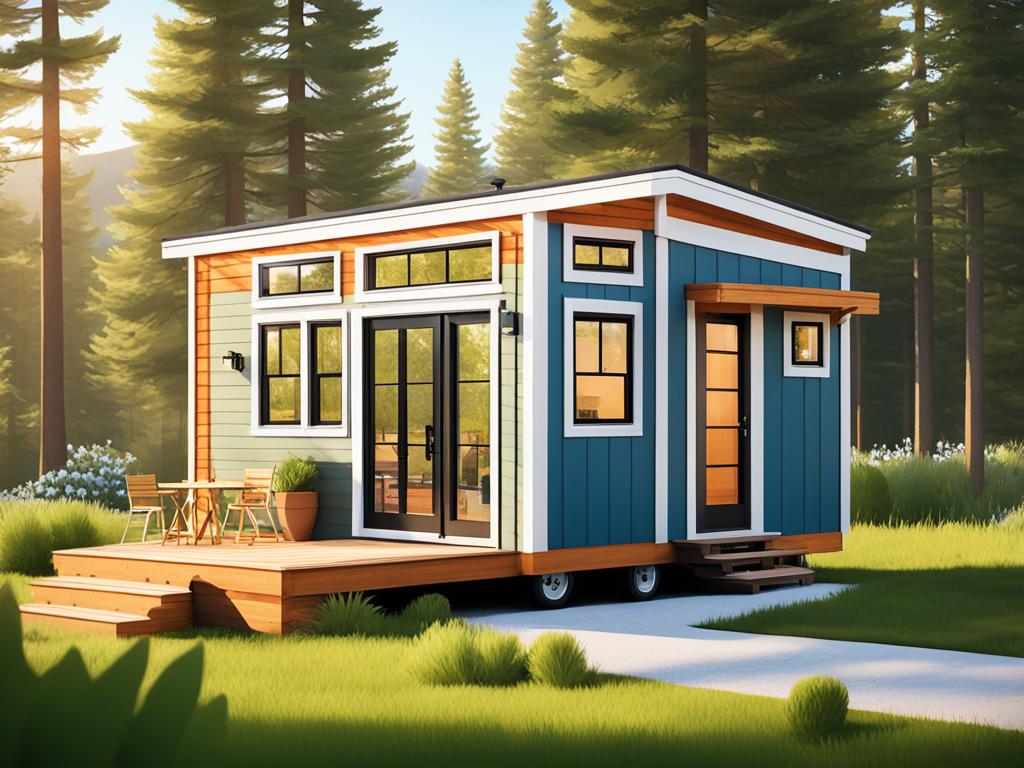



Join The Discussion